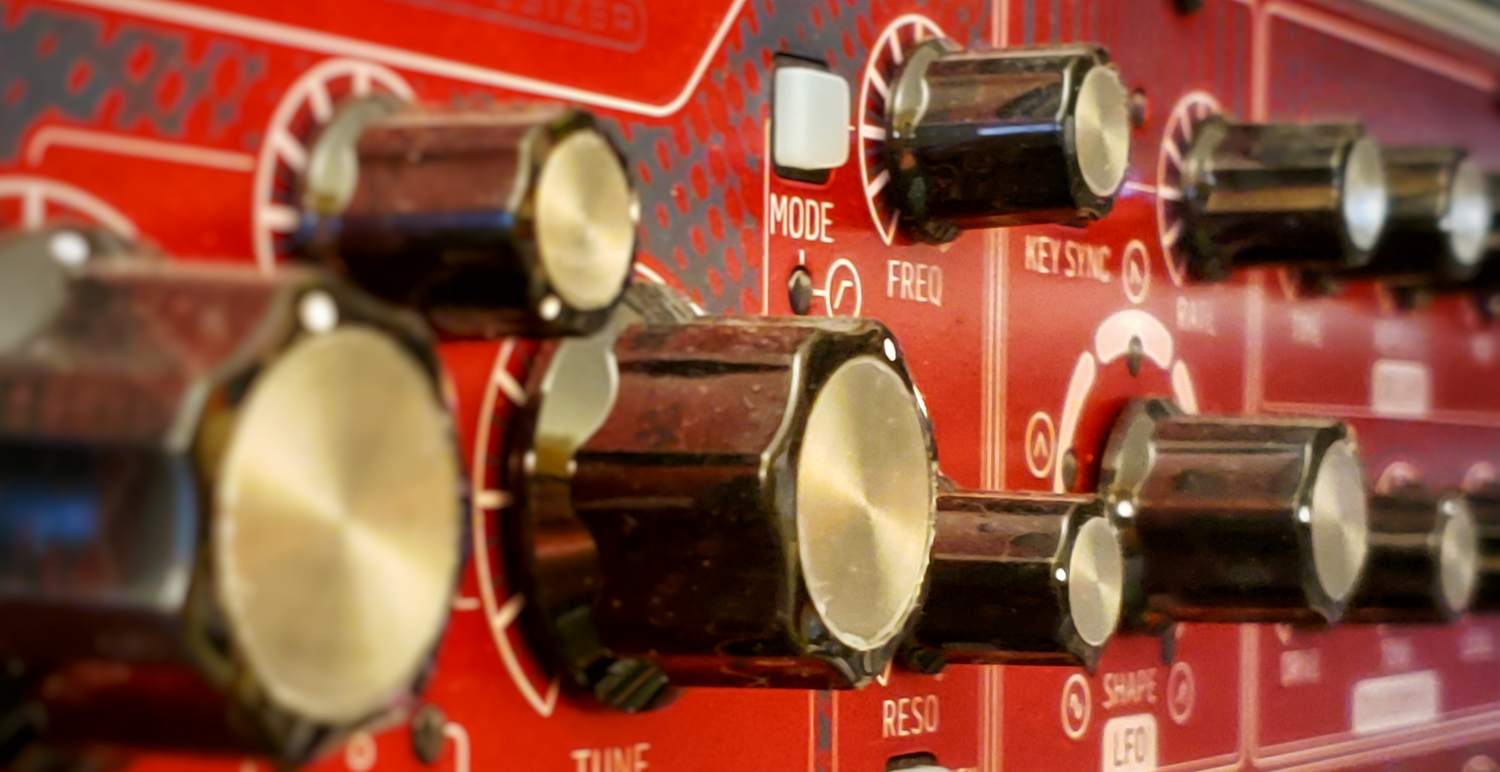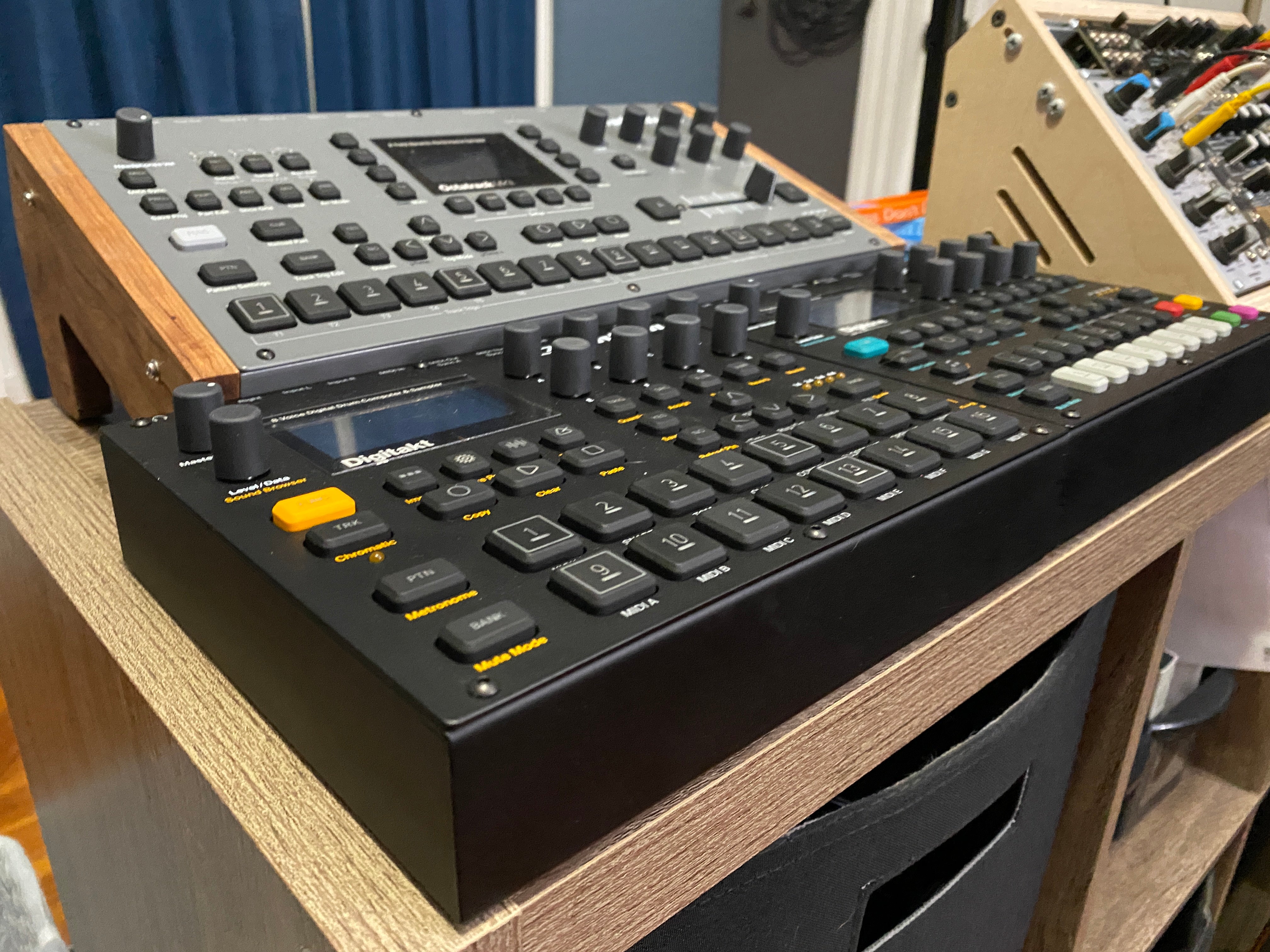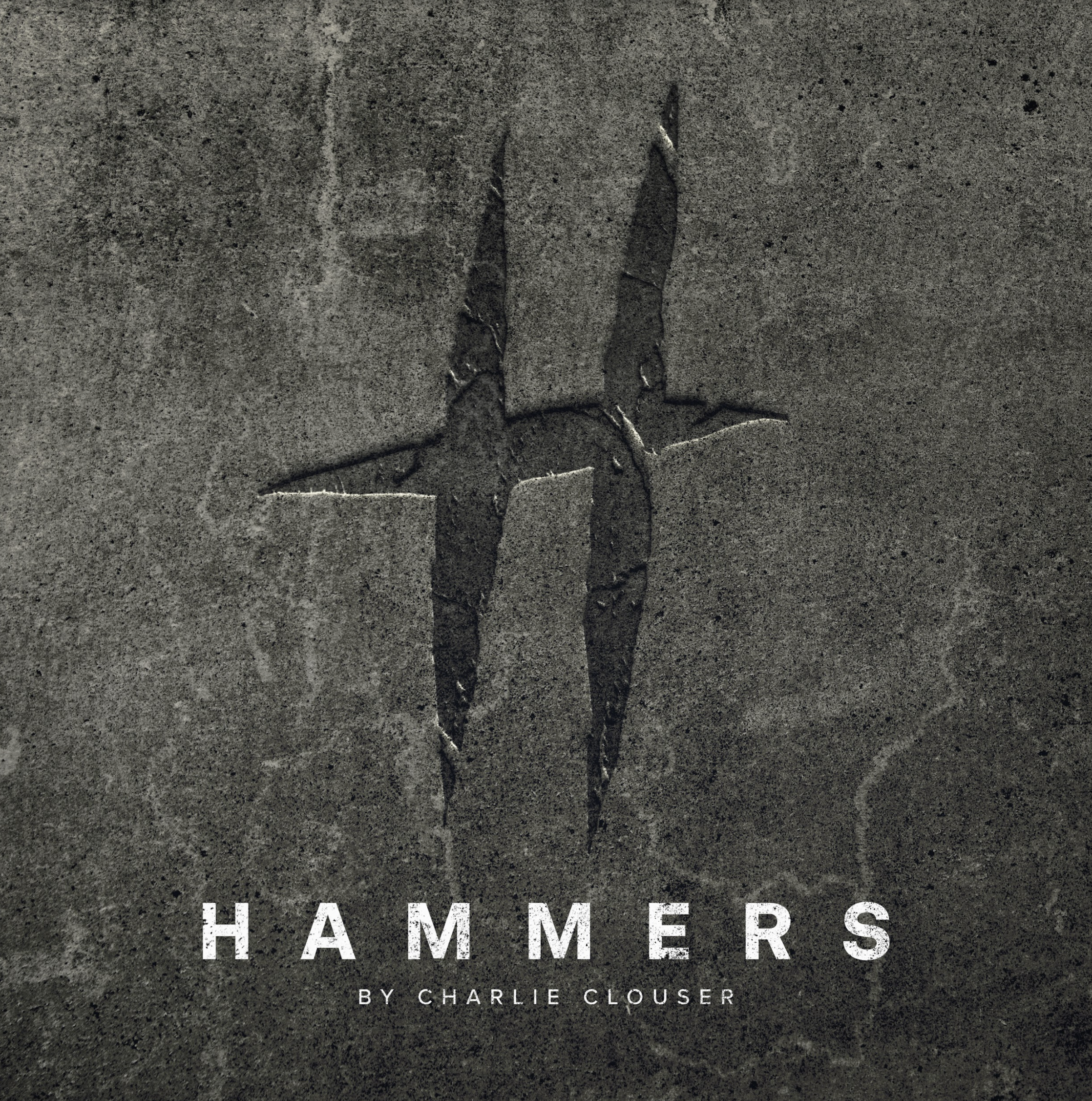In this article i'm going to talk about my top 5 favorite hardware synthesizers as of 2021. This is only including synthesizers I actually own and have paid for myself, no discounts or freebies were given in exchange for a review. This list is 100% personal experience and preference.
Many producers / artists at some point deal with the issue of software vs hardware synthesizers, and many ask 'why should I bother with hardware at all?'. While I use a ton of software as well, I use hardware for a few reasons.
- It gives a tactile feel that both lets you develop muscle memory while making patches, and it forces you to be creative in a new way
- It gives you access to new sounds not possible with software, or at least unique from software plugins
- It reduces CPU usage since you're burning tracks to audio. While that also reduces flexibility it forces you to make decisions earlier on in the process which can speed up song creation
- It makes it easier to add a level of performance and humanization to your synth tracks, since you can easily wiggle some knobs as you record to audio.
Hardware synths are more expensive and less flexible than software synths, but these advantages listed above are real and its hard to realize this until you actually have a piece of hardware in your studio.
1. ASM Hydrasynth
The ASM Hydrasynth is the newest synthesizer in my collection at the time of writing this, and it's also the overall newest synthesizer on the list. The Hydrasynth is a digital synthesizer with 3 oscillators, 2 filters, 5 envelopes, 5 LFO's, delay, reverb, pre-fx & post-fx. But to me the most exciting thing about this synth is really how enjoyable it is to program patches. Despite having a crazy amount of control and limited knobs on the interface, there is almost no menu diving on the Hydrasynth.
The signal path is laid out on the device in buttons, so to edit oscillator 1 you click on oscillator 1 and all relevant parameters are editable. There are some options that have multiple pages but its rare, and least common parameters are placed there. This is the fastest non-'knob-per-function' synth i've ever used. The mod matrix is quite extensive with 32 slots.
Online you'll hear complaints about it sounding harsh, but the Hydrasynth is really what you make it. It can do everything from beautifully warm and analog sounding to crisp distorted super saws. I'm not going to get into the analog vs digital argument here, as my opinion is every serious sound designer should have at least one of each, but to me this synth stands up with all the other synths on this list just fine.
The keyboard version includes polyphonic aftertouch and a ribbon controller, while the desktop version has polyphonic aftertouch pads. I have the desktop version because I pretty much always opt for desktop/rack versions (to save space).
2. Behringer Deepmind 12
The Behringer Deepmind 12 is a 12 voice analog polyphonic synthesizer at an amazing price point. Its inspired by the Juno-106 but it takes that inspiration and extends it much further than the original. Featuring an all analog signal chain outside of the digital FX (which can be bypassed entirely), the Deepmind has 2 oscillators, a variable 2/4 pole low pass filter, a high pass filter, 3 envelopes and 3 LFO's. There are a LOT of effects including multiple reverbs, multiple delays, multiple choruses and more. It also comes with an 8 slot mod-matrix.
It's capable of a vast array of sounds, and at the surface level it is quite easy to use. However if you need any advanced options to tweak your sound you'll quickly find yourself menu diving, this is especially apparent any time you're dealing with the effects. To combat this Behringer has created an application to control the device entirely from your computer, but to me its the weakest link of this synth.
Still for the price its hard to beat the incredible value and sound of the Deepnmind 12. I have the 12D which is the desktop/rack mount version.
3. Roland Juno-106
The Juno-106 is one of my favorite musical possessions. I bought it back in 2018 refurbished with new voice chips, but it is a genuine Juno-106 from 1984. It's capable of a decently wide array of sounds, but for me it's mostly used to capture that 'vintage sound'. Anytime a sound is sounding a bit too stale or lifeless the Juno is one of my crutches to fix it.
This is a very specific synth that isn't for everyone, especially given how crazy expensive the vintage synth market can be. However if you like the sound you can pick up a JU-06A from Roland which is a digital recreation for a lot less.
When I buy synths I mostly try to figure out what voids I have in my sonic palette, this fills the genuine vintage analog synth category.
We have a free Kontakt instrument for the Juno-106 on our store here, and you can see how it was made with the video below.
4. Access Virus B
The Access Virus B is a virtual analog modeling synthesizer from 1999. Just like the Juno-106 I mentioned above fills the vintage analog synth category for me, this fills the vintage digital synth category. Featuring 24 voice polyphony, 3 oscillators per voice and 82 simultaneous effects the Virus B is a power house.
Not going to lie this was more of an impulse buy from me after seeing a Noir et Blanc Vie video on 'great synth mysteries', but I don't regret it. All of the Access Virus synths are capable of everything ranging from beautiful evolving ambient pads to squelching techno bass lines. I personally break this synth out for the pad sounds, or when i'm looking to break up my workflow from using Serum too much in a song.
Sometimes breaking out a different piece of gear is all it takes to create that awesome idea that starts or completes a song.
5. Behringer Model D
I didn't want to have 2 items from this list be from Behringer, especially with this one being a complete rip-off of the Moog Model D. However this synth is genuinely one of my most used synths so I had to include it. If you aren't familiar with the Moog Model D its an legendary analog monosynth with 3 oscillators. Personally I use this when I want a massive, fat, analog sounding bass or lead synth in a track, and every so often i'll multitrack it to turn that into a polyphonic sound.
It's hard to beat the Behringer Model D when it comes to value. The original Moog Model D would cost you upwards of $8,000 used, but the Behringer Model D is available new at $299. Even professionals that can afford the Moog version sometimes buy the Behringer version for a cheap tour unit, or as a backup.
So thats my top 5 favorite synthesizers I actually own based on what I use the most in my home studio! As you can see it's a decently diverse list, and if you're just getting into hardware synthesizers my biggest recommendation is that you should keep things diverse as well. I have plenty of analog synths, digital synths, polysynths and monosynths, and I also have plenty of cheap synths and plenty of expensive synths. There is a place for everything.
Just to point out some other great synths i own that didn't make the cut... The OP-1 by Teenage Engineering is an incredible synthesizer that I use a ton but since its also a groovebox / drum synth / sampler I kept it off the list. The Behringer Neutron is another cheap monosynth that I use a similar amount as the Model D depending on which mood i'm in. I love the Korg MS-20 mini that came out a few years ago, and I also love the Moog Mother-32. Lastly i'm a big fan of Eurorack gear so some shoutouts from sound sources of that world are the Mutable Instruments Plaits and Rings and the Noise Engineering Manis Iteritas.



